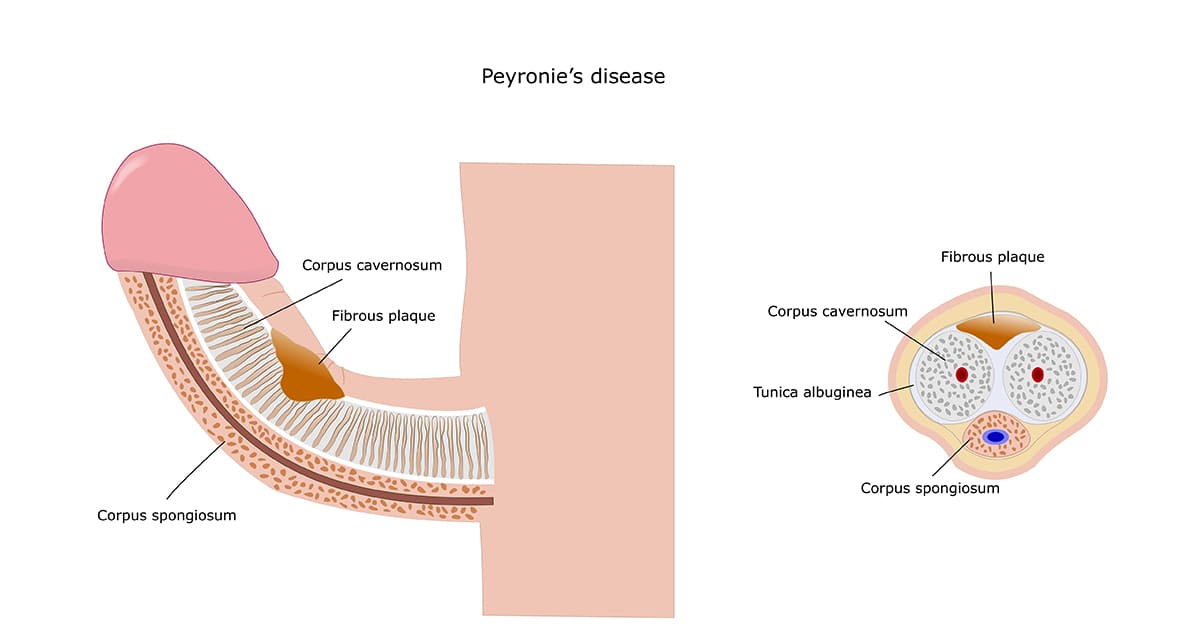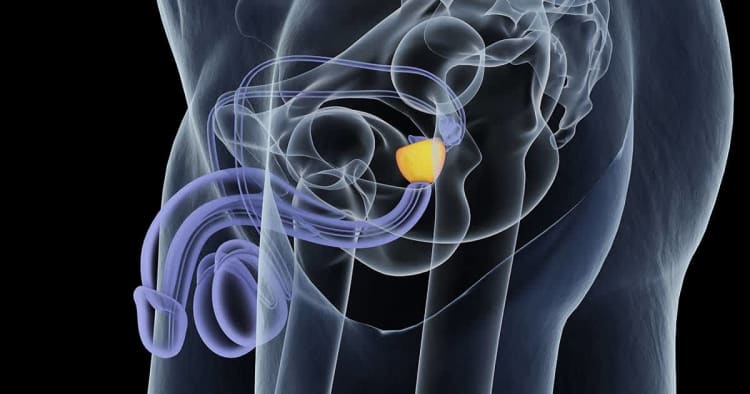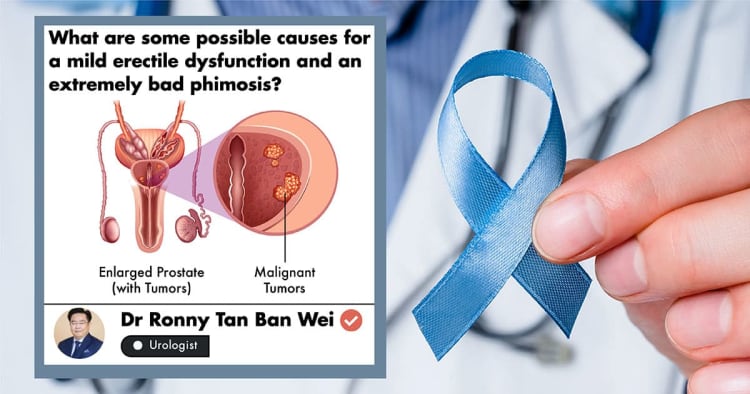As a man gets older, he may experience symptoms of benign prostatic hyperplasia, which is a condition when the prostate gland is enlarged and causes difficulty with urination.
Peyronie's disease is a different urological condition that typically affects men above the age of 40, but is also present in men under that age. The condition usually presents as penile curvature associated with a palpable lump.
Thankfully, there are medical treatments for both these conditions in Singapore. Dr Ronny Tan, a consultant urologist in Singapore, recently answered Human reader questions regarding these male urological conditions and how they are managed in Singapore. Here are his key pointers.
What is benign prostate hyperplasia?

Benign prostatic hyperplasia, also known as BPH, is the non-cancerous enlargement of the prostate gland. It is common among older men and can cause more frequent urination or difficulty with urination. In some cases, blood will appear in the urine or the sufferer will not be able to urinate at all. [1]
BPH has several symptoms

Most often, symptoms of BPH occur in the lower urinary tract. Patients will experience:
- the blocking of urine flow from the bladder,
- straining during urination,
- the sensation of incomplete emptying of the bladder,
- or frequent urination.
Kidney problems can also arise. [1]
It is unlikely for a man to have BPH in his 20s or 30s

Most men start to experience the enlargement of the prostate in their late 40s or early 50s, so younger men are unlikely to develop this condition.
Symptoms may not always indicate BPH

Lower urinary tract symptoms do not always point to BPH. These symptoms, especially in younger men, can be caused by other conditions, so they should see their urologist for a proper examination. [2]
How is benign prostate hyperplasia treated?

If you are diagnosed with BPH, your treatments will range from lifestyle modifications and medication to surgical procedures. Do note that even though half of all men over age 50 develop BPH symptoms, only 10% require medical or surgical treatment.
Drugs that may be prescribed are alpha blockers, 5-ARIs, and PDE5 inhibitors. Alpha blockers help to relax the prostate muscles, 5-ARIs limit prostate gland growth, and PDE5 inhibitors relax urinary tract muscles. [3]
A surgical treatment avialable in Singapore is called the transurethral resection of the prostate gland (TURP). In this procedure, a resectoscope is inserted into the tip of the man's penis, and moves through the urethra into the prostate area. Tissue is trimmed from the prostate gland to help improve the flow of urine. Surgery takes about an hour and is followed by a one or two-day hospital stay. Rest assured that anaesthesia is provided for this procedure. [4]
Minimally invasive surgery for BPH is available

Minimally invasive surgery for benign prostatic hyperplasia is now available in Singapore. They involve the use of heat to destroy prostate tissue. The benefits of minimally invasive surgery include shorter recovery time.
GreenLight laser treatment, also known as photoselective vaporisation of the prostate or PVP, involves the use of a cystoscope (a thin tube) to vaporise and cauterise prostate tissue that is obstructing the urine flow. This is a day surgery procedure with spinal or general anaesthesia, and you can go home with a catheter the same evening. [5]
Prostatic urethral lift (also called Urolift after the device used for the procedure) is a minimally invasive procedure that places implants to push apart the obstructing prostate lobes, improving urine flow. Urolift is a novel treatment that will be available in Singapore soon.
Conventional surgical treatment can often result in sexual dysfunction, such as retrograde ejaculation, where the man no longer has ejaculation when he reaches orgasm. In other words, during a retrograde ejaculation, the semen goes into the bladder instead of exiting the body through the urethra.
For men who are suitable for Urolift, treatment would preserve this important function of normal ejaculation and be more acceptable. Urolift is not associated with a decline in a man's ability to have an erection or ejaculation after the procedure, meaning that a man can have a healthy sexual life after recovery. [6]
Other minimally invasive techniques include using heat and steam to create a channel to remove the obstruction of the flow of urine through the prostate.
Different treatment techniques are suitable for different men depending on his age, size of his prostate, and degree of obstruction of his urinary flow. Do consult a urologist so that the most appropriate treatment modality can be customised for the best possible outcome.
What is Peyronie’s disease?

Peyronie's disease targets the penis and can be caused by scar tissue called plaque which builds up inside the male genitalia. This results in a bent, erect penis.
However, men can still have sex with this condition though it might cause pain and erectile dysfunction. [7]
How is Peyronie's disease treated?

In Singapore, surgical treatment is available for Peyronie's disease. Researchers have called surgery the "gold standard" option for treating Peyronie's disease due to a shorter time needed compared to non-surgical treatments. [8]
Depending on the nature of the condition in the individual patient, surgery may involve suturing the longer side of the penis that may cause a shortening of the penis.
Another surgical option is to create cuts in the scar tissue for the penis to straighten, and to graft tissue from the patient's body and place it in the affected area.
Penile implants are also used to treat penile curvature, which is a surgical option for patients with both Peyronie's disease and erectile dysfunction. [9]
Seeking an appointment with a urologist as soon as you suspect BPH or Peyronie’s disease is highly recommended. Do note that surgery is generally not the first line of treatment for BPH, so a healthy lifestyle and diet adjustments with medication may be recommended first.

As urology is a rapidly developing field of medicine, do ask your urologist which treatments in Singapore are most suitable for your lifestyle and condition, or if there are any alternatives to surgery available to you.
Dr Ronny Tan is a consultant urologist and andrologist who is practicing at Advanced Urology. Dr Tan is also a Fellow of the Academy of Medicine, Singapore. He received his fellowship training in his area of specialty in the USA, as well as an SMSNA (Sexual Medicine Society of North America)-accredited clinical fellowship in Tulane University, New Orleans.
Read more of Dr Ronny Tan's Q&A here.
Would you like to ask any related health questions?
You can Ask A Doctor right away, or view the complete list of Human Sessions.










